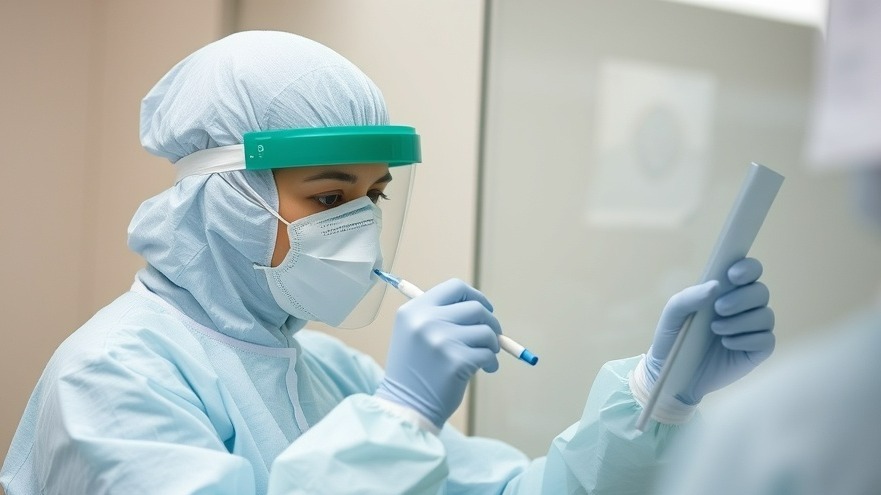
Why Is Integrated Disease Surveillance Crucial?
In an era where public health crises can arise rapidly, the need for integrated disease surveillance systems has never been more pressing. Recent outbreaks, such as avian influenza and E. coli contamination, demonstrate the failures of a siloed health monitoring system, highlighting critical blind spots that threaten both public health and economic stability. The One Health approach, supported by global health leaders like the CDC and WHO, proposes a more cohesive strategy that interlinks human, animal, and environmental health surveillance.
The Threat of Fragmented Systems
Despite advancements in understanding disease transmission, the systems that monitor them remain isolated. Generally, surveillance of human health, veterinary practices, and environmental factors is conducted independently, leading to inefficient data handling and reporting. This clear fragmentation impairs our ability to detect outbreaks promptly. For instance, if veterinary health data is not integrated with public health surveillance, zoonotic diseases such as rabies can emerge unchecked, resulting in potential human infections.
Resource-limited areas are particularly vulnerable, where diagnostic capabilities are shallow. This scarcity can lead to critical health events being misclassified or underreported, ultimately increasing response costs—both in terms of economic impact and loss of lives. Furthermore, technology gaps inhibit real-time monitoring, making cross-agency collaboration challenging and slow to initiate during emergencies.
Embracing the One Health Solution
A unified One Health surveillance system offers a streamlined solution, allowing real-time sharing of information across all health sectors. Such systems can facilitate the early identification of risks, which is vital for timely intervention. For example, consider the repercussions of zoonotic diseases affecting livestock: without a swift detection mechanism, these issues could escalate into broader public health crises. In contrast, an integrated system enables quick containment, preserving public health and protecting agricultural economies.
This concept can be illustrated effectively through the contamination of romaine lettuce in 2018. A better integrated monitoring system could have flagged environmental concerns much earlier, potentially preventing the outbreak linked to E. coli contamination. Understanding land use, agricultural practices, and water quality in real-time can be pivotal in averting such health threats.
High-Stakes Scenarios Where One Health Shines
The effectiveness of the One Health model is underscored by its potential benefits in various scenarios. A significant portion of new infectious diseases—up to 75% according to the Council on Foreign Relations—are zoonotic. By incorporating veterinary health data into the One Health surveillance model, early recognition of animal diseases could trigger swift containment measures before they affect human populations.
Moreover, integrated environmental surveillance can provide early alerts regarding potential toxic events, thus allowing preemptive measures to protect public health. For those in concierge health practices, staying equipped with cutting-edge technology to access and interpret this data could be the key to maintaining an established reputation in the community.
A Path Forward for Health Practitioners
Concierge health practitioners often face the daunting task of navigating complex healthcare technology amidst their primary focus on patient care. Understanding the One Health approach allows you to leverage technology to enhance disease prevention strategies and streamline your practice's operational efficacy. By subscribing to integrated surveillance systems, not only will you ensure better health outcomes for your patients, but you'll also secure your practice's standing amidst growing health challenges.
Taking the Next Step
In conclusion, the progression toward a One Health disease surveillance system must not only focus on public health efficiency but also on bolstering economic resilience. As health practitioners, your involvement in advocating for these integrated approaches can make a significant difference. Embrace the advancements in technology that can transform how we monitor and respond to health crises and ensure your practice remains a pillar of safety and professionalism in your community.
Call to Action: Start exploring how a One Health approach can enhance your practice today. Reach out for a consultation on integrating advanced health surveillance systems that can help safeguard your practice and your community’s health.
 Add Row
Add Row  Add
Add 




Write A Comment